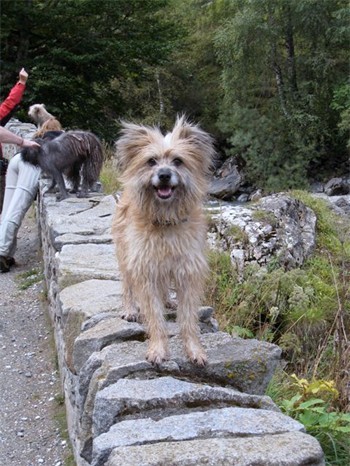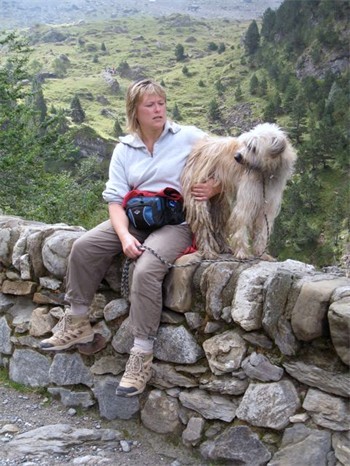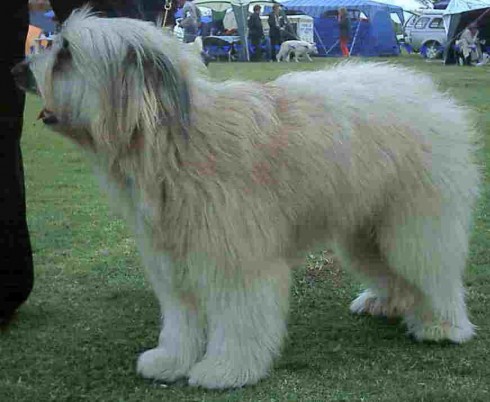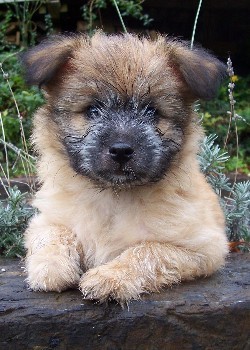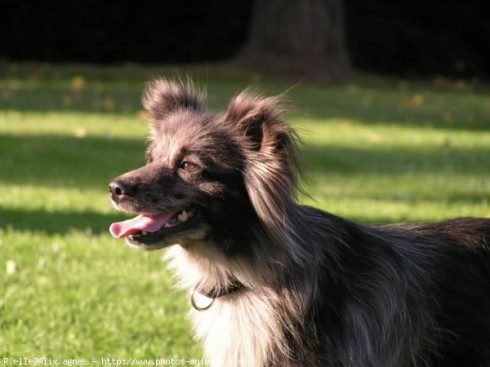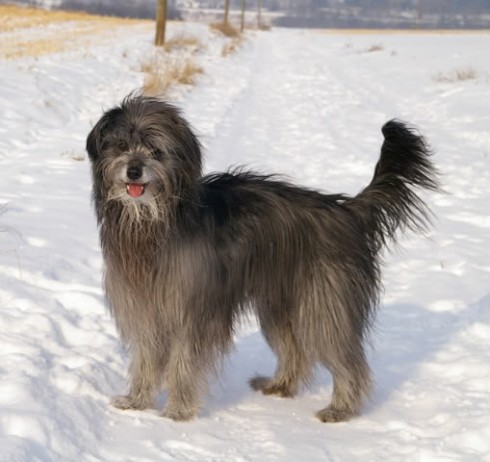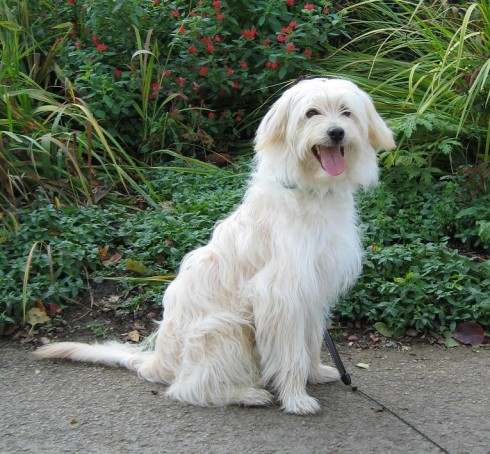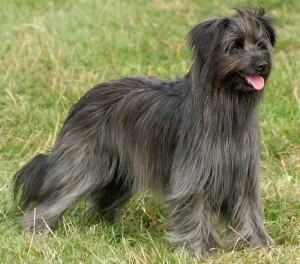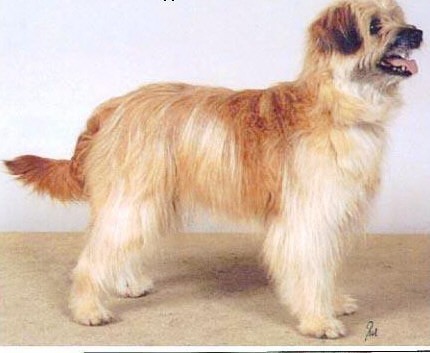Main Index
In Store
Our Web Store
Miniature Schnauzer Picture Gallery
Latest Dog Blogs
- What Are The Basic Commands To Train A Dog?
- PaySafe As The Most Popular Type Of Deposit
- Everything You Need To Know About Pet Sales
- Dogs Contribute To Our Physical And Mental Well Being
- How To Choose Where To Bet On Greyhounds In 2022
- Volunteer With Animals - How To Help Dogs Around The World
- Basic Understanding Of The House Edge
- Why You Should Get A Dog
- Top 20 Popular Dog Names Around The World
- Constipation in Dogs and How to Find Solutions
Pyrenean Sheepdog
Pyrenean Sheepdog Picture Gallery
Pyrenean Sheepdog Clubs/Associations
The Pyrenean Sheepdog Description
Indicative Breed Standard
General Appearance
Energetic, small sheepdog. Medium or long coated with windswept appearance. Alert, lean and racy outline. Mischievous, inquiring.
Characteristics
Highly intelligent, strong herding instinct. Tremendous energy and stamina for size.
Temperament
Alert, lively, wary of strangers.
Head and Skull
Head almost triangular when viewed from above, length of skull equal to its widest point, flat on top with central furrow, showing slight occiput, side of skull slightly rounded. Muzzle slightly shorter in length than skull; tapering evenly to nose with no apparent stop; well filled below eyes. Toplines of nose and skull parallel. Nostrils well open. Well pigmented on nose, lips and in roof of mouth.
Eyes
Expressive, almond, wide open, not bulging or sunken. Dark brown, but one or both may be blue or flecked with blue in merle or slate coloured animals. Eye rims black. Never obscured by head coat.
Ears
Fairly short, moderately wide at base, placed on top of head but neither too close nor wide apart. Bottom part of ear erect and mobile, with top ideally hanging forward or to side when alert, but laid back in repose.
Mouth
Strong teeth, scissor bite, i.e. upper teeth closely overlapping lower teeth and set square to the jaws.
Neck
Rather long, muscular, and set well into shoulder.
Forequarters
Forelegs lean, sinewy and straight when seen from front, with single dewclaws. From side, pasterns slope gently and are flexible. Shoulder fairly long and well angulated, with upper arm joining shoulder blade at right angles. Withers prominently visible.
Body
Lean, strong. Ribs slightly rounded and extending well back. Brisket reaching to elbow. Loins strong and slightly arched.
Hindquarters
Short, sloping croup; fairly low set tail. Strong, well muscled thigh, second thigh well developed and long. Well angulated stifle. Hocks lean, low set and well angulated. Single or double dewclaws on rear.
Feet
Lean, rather flat, oval shape. Dark pads and nails, well furred between pads.
Tail
Previously customarily docked or sometimes born with short or stump tail.
Docked: Set low and well covered with hair.
Undocked: Set low. Not too long, reaching to hock with upward hook at end. Well covered with hair. Never carried above topline.
Gait/Movement
Walks with fairly short strides, trots freely with vigour. Smooth gait, feet never raised very high. Head carried high with slow action, tending to drop with faster action. Good angulations ensure effortless gait. Pacing should not be penalised.
Coat
Long or semi-long. Fairly harsh; dense, almost flat or slightly wavy; denser and more woolly on rump and thighs. Hair on muzzle short. Longer on face and cheeks, where it grows away from the nose and eyes.
Semi-long coats: Short hair with fringing on forelegs and short hair below hocks.
Long coats: Long hair on legs to cover toes.
Colour
Various shades of fawn, with or without black hairs there may be a little white on chest and feet. Light to dark grey, often with white on head, chest and legs. Blue merle, slate blue or brindle. Black or black and white. Unmixed colours preferred. Large areas of white, predominance of white, or black and tan undesirable.
Size
Height: dogs: 40-48 cms (16-19 ins); bitches: 38-46 cms (15-18 ins).
About Our Article Directory
- Article
- 27 November 2010
- 2 comments
Guard Dogs - The 6 Best Breeds to Protect Your Home and Family
- Breed Article
- 1 November 2010
- 1 comment
Canis lupus familiaris
- Breed Article
- 29 May 2010
- No comments
Quick Search
Donate
Latest Dog Pods
- Tips on How to Stop Your Dog from Biting
- Beware - Not All Advertised Dog Rescues Really Are! How Can You Know The Truth?
- Helpful Tips For Dog Obedience Problems
- How to Keep Dogs From Eating Poop
- Dog Grooming Tips - A General Overview of the Very Basics of Dog Grooming
- Recognising Different Types of Dog Obedience Problems
- 5 Important Tips On Feeding A Puppy


